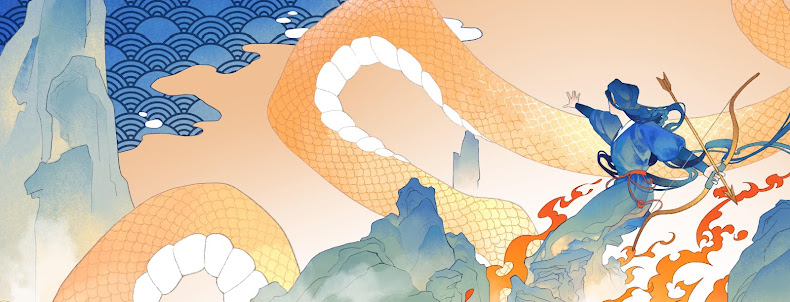Perhaps it’s no surprise that in the face of long-time political oppression and abject poverty, the Burmese people’s deep-seated anger has finally erupted in the form of street protests led by the monks. Everything happens for a reason. In Myanmar (current name for Burma), decades of gross social and economic inequalities under the rule of a repressive and corrupt military government are very near, if they have not already reached, a tipping point.
The only twist is that, according to Amy Chua’s “World on Fire”, since so-called market-oriented policies were introduced in 1989, reversing three decades of socialist central planning, ethnic Chinese who make up about 5 percent of Myanmar’s population, in collusion with the military generals, have been the impetus in worsening the society’s imbalances.
Here are some excerpts from the book that may help us understand better the background situation and underlying sentiments there:-
“Free markets are supposed to lift all boats, and indeed often do. But this is distinctly not the perception of Burma’s roughly 30 million ethnic Burman majority. In their view, markets and economic liberalization have led to the domination and looting of their country by a relative handful of ‘outsiders’, chiefly ethnic Chinese, in symbiotic alliance with SLORC (State Law and Order Restoration Council)……..”
“Meanwhile, just below the surface, anti-Chinese hostility seethes among the Burman majority. As hatred of SLORC intensifies, hatred for the Chinese intensifies as well, not without justification: Crony capitalistic relationships between SLORC generals and Chinese entrepreneurs, not to mention arms sales from China, have been critical in propping up Burma’s reviled ruling junta. But in the current reign of fear, there is no avenue for venting resentment, whether against SLORC, the rich Chinese, or the market-oriented policies that have allowed both of these groups to make hundreds of millions while indigenous Burmans become an increasingly subjugated underclass in their own country……”
“It is an understatement to say that, in terms of financial and human capital, the vast majority of indigenous Burmans, roughly 69 percent of the population, cannot compete with the country’s 5 percent Chinese minority. Three-quarters of the Burmans live in extreme rural poverty, typically engaging in paddy production or subsistence farming…….”
“….as ethnic Chinese developers in the nineties snapped up all the prime real estate in Mandalay – making fast fortunes as property values doubled and tripled in the chaotic new markets – indigenous Burmese Mandalayans were pushed further and further away from their native homes. (In 1990, SLORC had already forcibly relocated dissidents and Mandalayan monks.)………”
“Today, ethnic Chinese Burmese own nearly all of Mandalay’s shops, hotels, restaurants, and prime commercial and residential real estate. The same is more or less true in Rangoon……”
Let’s just keep our fingers crossed that the monks’ peaceful marches will not lead to violent clamp down by the rulers, yet again. It might be time for the Chinese living in Myanmar to do some soul-searching and hopefully such incidents might help them realize that happiness built upon others’ pain cannot last long.

No comments:
Post a Comment